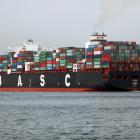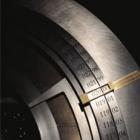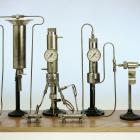Paul J. Crutzen: “Mister Anthropocene”

Paul Crutzen at the University of Helsinki in May 2010
Paul Crutzen at the University of Helsinki in May 2010
Created by Teemu Rajala (2010). View image source.
 This work is licensed under a Creative Commons Attribution 3.0 Unported License.
This work is licensed under a Creative Commons Attribution 3.0 Unported License.
Born in 1933 in Amsterdam, Crutzen studied engineering before turning to atmospheric science. His research specialties include the ozone hole, nuclear winter, and global environmental change.
In the 1970s Crutzen discovered that certain substances cause damage to the ozone layer. He campaigned for a worldwide ban on all substances dangerous to the atmosphere that protects the Earth. The Montreal Protocol—the most successful international environmental treaty to date—is also largely the result of his efforts.
Crutzen and his colleagues Mario J. Molina and Frank Sherwood Rowland received the Nobel Prize for Chemistry in 1995 in recognition of their work in protecting the ozone layer.
At a conference in Mexico in 2000, Crutzen coined the term “Anthropocene”; the idea has been closely associated with his name ever since.
Crutzen has worked at many prestigious research institutions, including the Scripps Institution of Oceanography at the University of California, San Diego, and the Seoul National University in South Korea. He is most actively involved with the Max Planck Institute for Chemistry in Mainz, where he served as director.
The Nobel Laureate is the patron of the “Anthropocene Project” organized by the Haus der Kulturen der Welt, Berlin, the Deutsches Museum, the Rachel Carson Center for Environment and Society, and the Max Planck Society.













